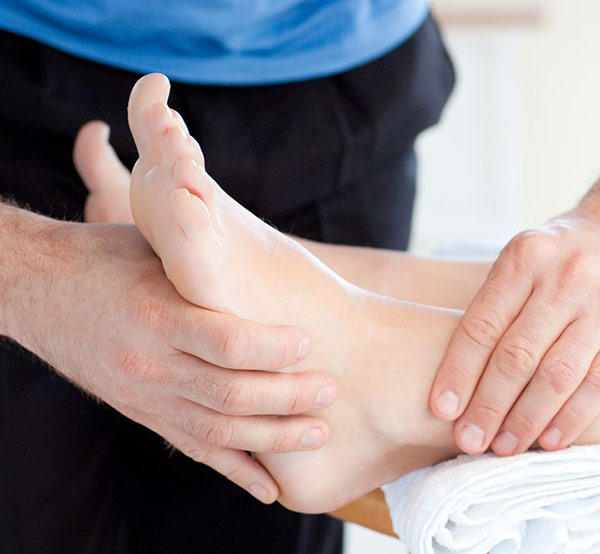Call Us: 206-301-0600


My physical therapist explained each step of the treatment and let me know how I was progressing as I reached each benchmark toward recovery and range of motion post-surgery. The HEP exercises were carefully explained and instructions provided.
Physical Therapists are Trained to Treat a Wide Range of Illnesses and Injuries
When most people hear the words “physical therapy,” they immediately think of rehabilitation for someone with a sports injury. And while that’s accurate, physical therapists work with many types of patients, presenting with a wide variety of injuries, conditions and diseases. In fact, the profession of physical therapy can be divided into many distinct practice areas.
According to the American Board of Physical Therapy Specialties (ABPTS), there are nine areas in which physical therapists can receive advanced certification. A few of these specialty areas, which cover most of the injuries, diseases and age populations treated by physical therapists, include:
Cardiovascular and pulmonary: for cardiovascular and pulmonary conditions, such as heart attacks, chronic obstructive pulmonary disease (COPD) and pulmonary fibrosis. The goal of this sub-specialty is to increase physical endurance and improve functional independence.
Neurology: for neurological conditions and impairments, including Alzheimer’s disease, brain injury, cerebral palsy, multiple sclerosis, Parkinson’s disease, spinal cord injury and stroke. Treatment plans are designed to help patients independently participate in activities of daily living for as long as possible. PTs teach patients to adapt to visual, balance, mobility and muscle loss impairments.
Orthopedics: for musculoskeletal injuries involving bones, muscles, ligaments and tendons. A rehab program may include joint mobilization, manual therapy, strength training and other modalities.
Pediatrics: for infants, toddlers, children and adolescents with diseases and injuries ranging from developmental delays, genetic disorders and limb deficiencies to muscle diseases and orthopedic disabilities. PTs use therapeutic exercise, modalities and treatments to relieve pain, regain strength and range of motion, and to improve balance, flexibility and gross and fine motor skills.
Women’s health: for conditions including pelvic floor dysfunction, postpartum care, lymphatic swelling and urinary incontinence. A PT program might include external and internal soft tissue mobilization, strengthening exercises, biofeedback and electrical stimulation.
The other specialty areas recognized by ABPTS are geriatrics, oncology, sports and clinical electrophysiology. PTs can gain expertise in these areas without pursuing advanced certification, either by gaining years of experience with specific patient populations or by fulfilling continuing education requirements.
When looking for the right physical therapist to treat a particular ailment or disease, patients should feel comfortable asking about the therapist’s training, education and background. Understanding what expertise physical therapists have helps understand the rehab approach and how it impacts an injury or illness. Patients who start a dialogue and keep an open line of communication with their physical therapists will get the most out of their rehabilitation sessions.ntent here
Return to Ask The Expert
